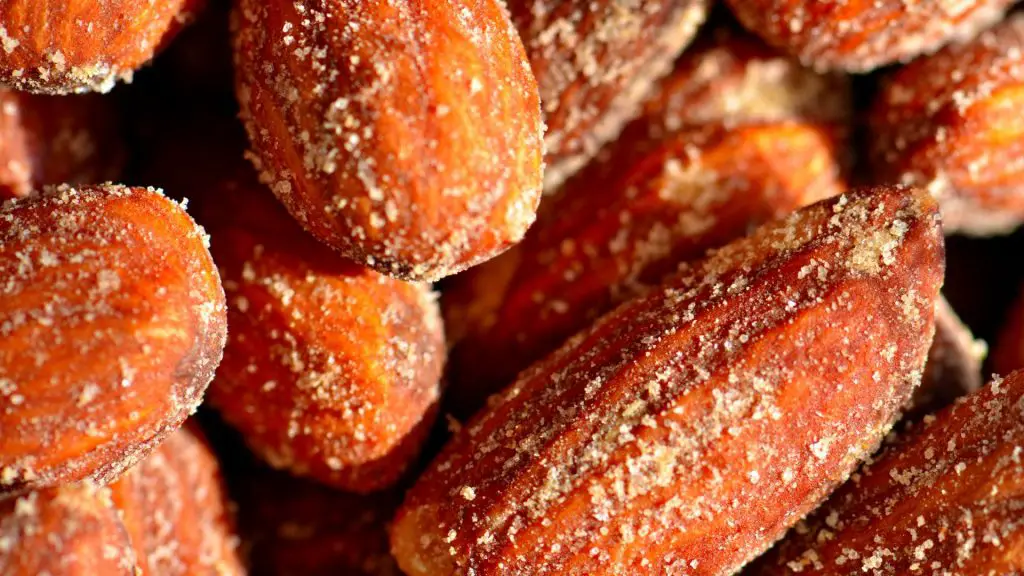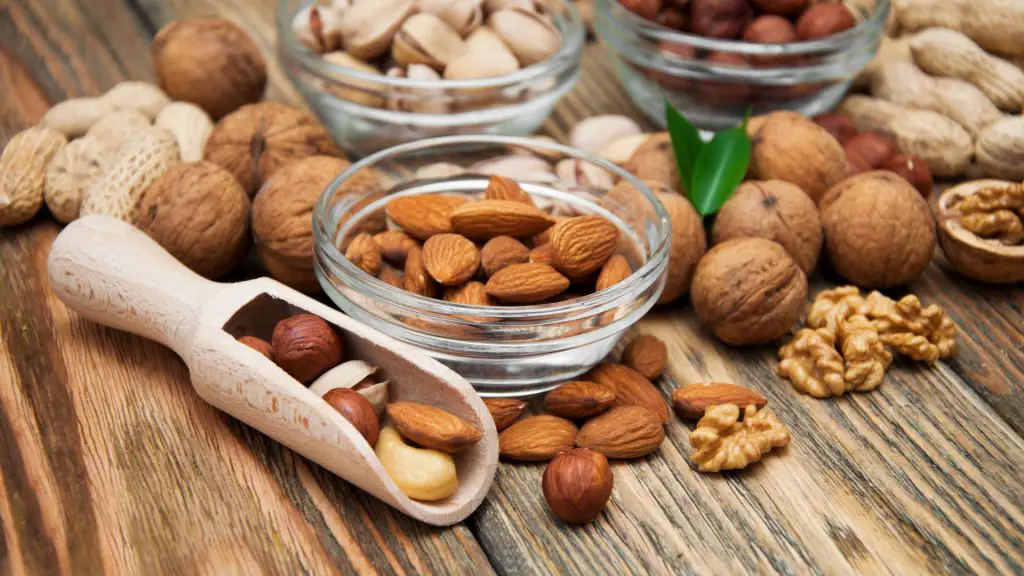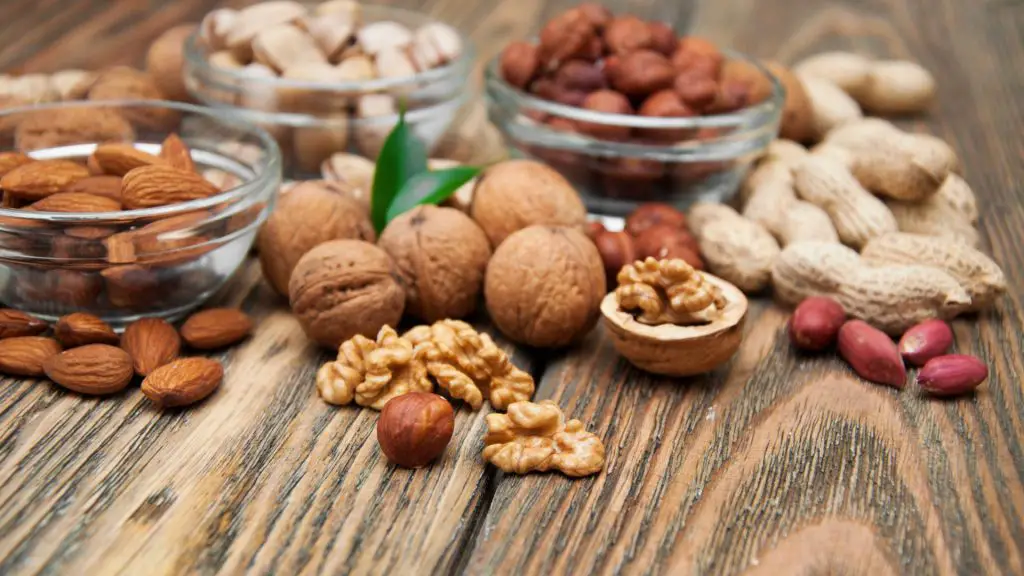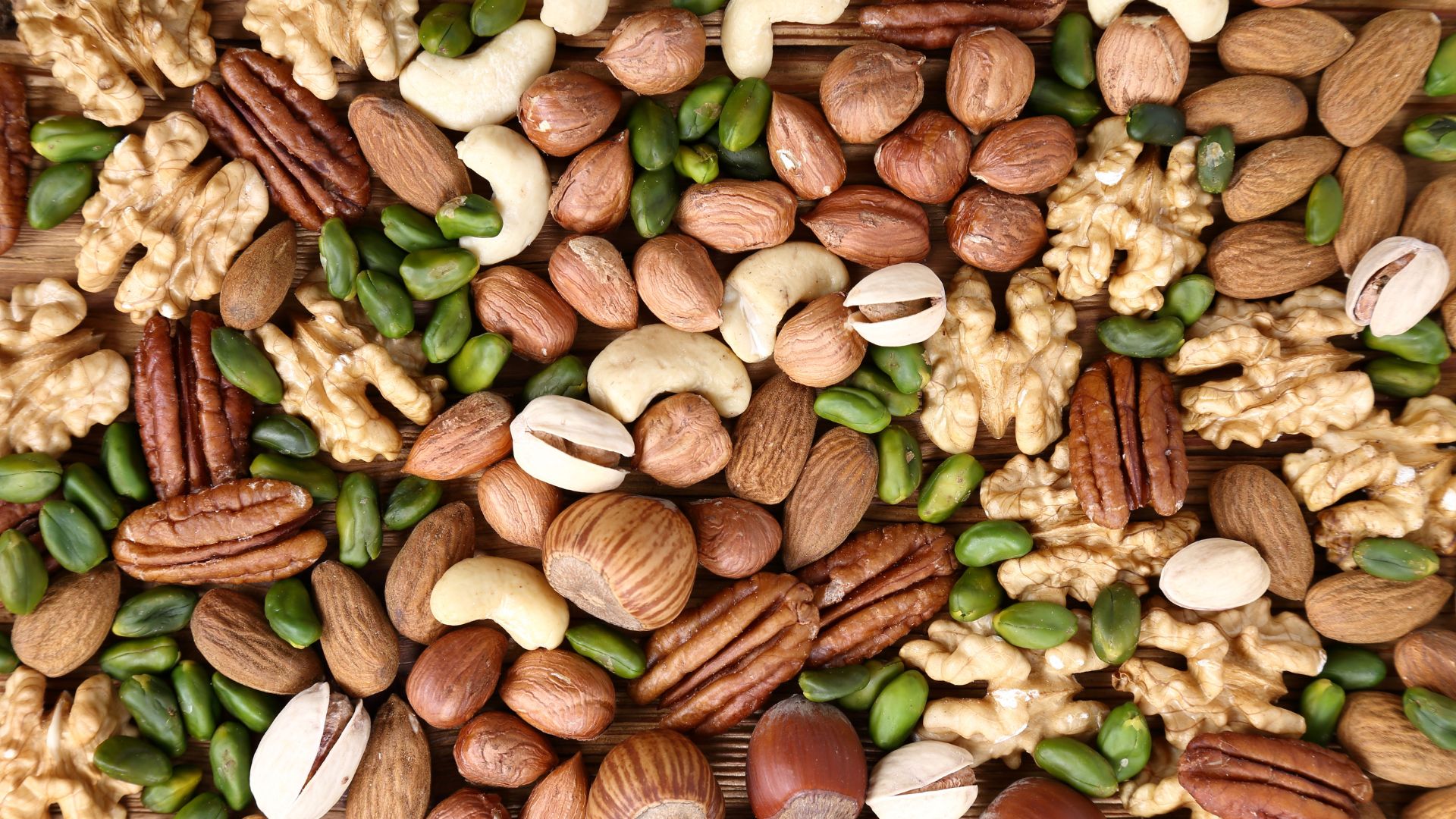Nuts are a healthy and tasty snack that can be enjoyed by itself or added to various dishes. However, many store-bought nuts come salted.
Salted nuts are probably off-limits if you’re trying to cut back on your sodium intake. But don’t worry; with these tips on unsalt salted nuts, you can still indulge in your favorite nutty treats.
If you’re looking to reduce your salt intake or simply prefer the taste of unsalted nuts, then learning how to unsalt salted nuts is a worthwhile skill.
This article will explore the best methods for unsalting nuts, including those requiring specific methods.
Introduction

Before we dive into unsalting nuts, it’s essential to understand what salted nuts are and how they’re made. Salted nuts are nuts coated with salt or seasoned with a salt-based mixture.
This process is usually done to enhance the flavor of the nuts and extend their shelf life.
However, the amount of salt used can vary widely between brands and types of nuts. Salted nuts can have a subtle saltiness, while others can be excessively salty, making it difficult to taste the nut.
Salting nuts involves soaking the nuts in a brine solution or mixing the nuts with a seasoning mixture that contains salt. The nuts are then roasted, fried, or dehydrated to remove excess moisture and create a crispy texture. The salt adheres to the surface of the nuts, creating a flavorful and crunchy snack.
How Salt Affects the Taste and Texture of Nuts

Salt can have a pretty big impact on the taste and texture of nuts. When nuts are salted, the salt can enhance their natural flavors. This is because salt is a flavor enhancer that can make the natural flavors of the nuts more prominent and enjoyable. So when you bite into a salted nut, you might notice that it has a more complex and satisfying flavor than an unsalted nut.
However, the downside of salted nuts is that they're often very high in sodium. Too much sodium can contribute to high blood pressure and other health problems.
So consuming salt in moderation is important. That’s where unsalting salted nuts come in. By removing the salt, you can enjoy the natural taste of the nuts without all the added sodium.
As for texture, salted nuts are often crunchier and more brittle than unsalted nuts. This is because the salt can help draw out moisture from the nuts, making them drier and more brittle. So if you’re looking for a nut with a crunchier texture, salted nuts might be a good option.
However, if you’re trying to unsalt the nuts, you may find that they become softer and less crunchy once the salt is removed. This can be a trade-off for a healthier snack, but it’s worth experimenting with different methods to find the best texture.
Methods for Unsalting Nuts

Several methods exist for unsalted nuts, including soaking in water, roasting unsalted nuts, and using a dehydrator. Each method has its advantages and disadvantages, depending on the type of nut and your personal preference. Let’s explore each process in more detail.
A. Soaking in Water
One of the simplest methods for unsalted nuts is to soak them in water. This method works well for nuts with thick or hard outer shells, such as almonds, pecans, and walnuts. To unsalt salted nuts using this method, follow these steps:
- Fill a bowl with enough water to cover the nuts.
- Add the salted nuts to the water bowl and let them soak for at least 8 hours or overnight.
- Drain the water from the bowl and rinse the nuts with fresh water.
- Spread the nuts on a baking sheet and let them air dry for several hours or until completely dry.
- Roast the unsalted nuts in the oven or stovetop to enhance their flavor and texture.
Soaking the nuts in water can help remove the salt from the surface of the nuts and reduce their sodium content. However, this method can make the nuts slightly softer and less crunchy. If you prefer a crunchier texture, you can roast the nuts in the oven or stovetop after they’ve dried.
B. Blotting
If you don’t want to soak or rinse your nuts, you can remove the excess salt by blotting them with a paper towel.
Simply place the nuts on a paper towel and blot them gently with another paper towel to remove the excess salt.
C. Using a Dehydrator
Using a dehydrator is another option for unsalting salted nuts. This method works well for naturally oily nuts, such as macadamia nuts and cashews. To unsalt salted nuts using this method, follow these steps:
- Spread the salted nuts on the dehydrator tray and turn on the dehydrator.
- Set the dehydrator to 115°F and let the nuts dehydrate for 8-12 hours or until completely dry.
- Once the nuts are dry, transfer them to a bowl and sprinkle them with some salt-free seasonings, such as garlic powder, paprika, or cinnamon. Toss the nuts until they’re evenly coated.
- Return the seasoned nuts to the dehydrator and let them dehydrate for 1-2 hours or until they’re crispy and golden.
A dehydrator can help remove the excess moisture from the nuts and enhance their natural flavor. Adding a salt-free seasoning can also help enhance the flavor of the nuts without adding additional sodium.
D. Boiling
Boiling nuts in water is another effective way to remove excess salt. To boil nuts:
- Bring a pot of water to a boil and add the nuts.
- Boil for 5-10 minutes.
- Drain the water.
- Rinse the nuts before using or storing them.
Specific Considerations for Unsalting Nuts

While the above methods work for most nuts, there are some specific considerations to keep in mind for certain types of nuts.
- Peanuts: Peanuts are a legume, not a nut, with a soft outer shell that can absorb much salt. To unsalt salted peanuts, you can use the soaking or roasting method, but you may need to repeat the process several times to remove all the salt.
- Brazil nuts: Brazil nuts have a very hard outer shell that can be difficult to crack. To unsalt salted Brazil nuts, you may need to crack them open and remove the salted kernels from the shell before using one of the above methods.
- Hazelnuts: Hazelnuts have a thin outer skin that can become bitter when roasted for too long. To unsalt salted hazelnuts, you may want to blanch them first to remove the skins before using one of the above methods.
- Pine nuts: Pine nuts are delicate and can burn easily, so it’s important to roast them carefully. To unsalt salted pine nuts, you may want to use a lower temperature and roast them for a shorter time than other nuts.
Adding Flavor to Unsalted Nuts:

While unsalted nuts are healthier, they can be bland without added salt. Here are some ways to add flavor to unsalted nuts:
- Spices: Spices are a great way to add flavor to unsalted nuts. Add chili powder, cumin, cinnamon, or curry powder for a flavorful twist.
- Herbs: Herbs can also add flavor to unsalted nuts. Try adding rosemary, thyme, oregano, or basil for a fragrant and delicious taste.
- Honey: Drizzling honey over unsalted nuts can add a sweet and savory flavor that’s perfect for snacking
- Nut Butter: Nut butter is a delicious way to add flavor and protein to unsalted nuts. Mix almond or peanut butter with unsalted nuts for a satisfying and nutritious snack.
- Dried Fruit: Adding dried fruit to unsalted nuts can create a sweet and savory flavor that is perfect for snacking. Add dried cranberries, cherries, or apricots to your unsalted nut mix.
Conclusion

Unsalting salted nuts is a simple and effective way to reduce your sodium intake and enjoy the natural flavor of nuts.
Whether you prefer a soaking method, a roasting method, or using a dehydrator, there are many ways to unsalt salted nuts and make them a healthy and delicious snack. By considering the specific considerations for each type of nut, you can successfully unsalt any type of salted nut and enjoy all the health benefits that nuts offer.
